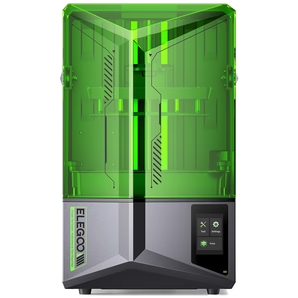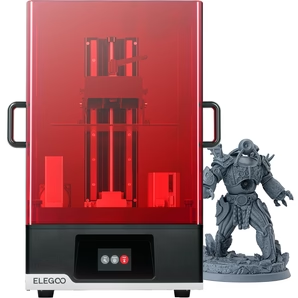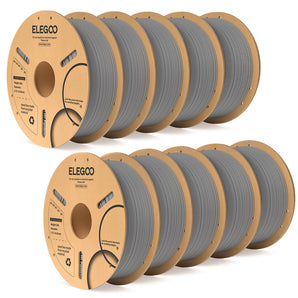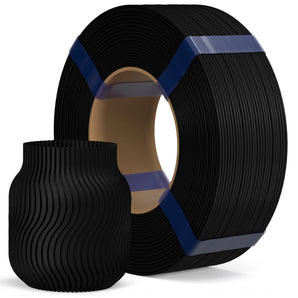A Glimpse into Tomorrow's Manufacturing
The world of manufacturing is undergoing a significant transformation, and at the heart of this change is 3D printing.
As we stand on the cusp of a new era in production, the future of 3D printing promises innovations that could reshape industries and redefine how we think about making things.
In this article, we'll delve deep into what the future holds for 3D printing and why it's a topic worth your attention.
Heads Up! Before we go any further, if you've just landed here and you're interested in 3D Printing, then please refer to our Neptune series; you'll find it to be one of the most rewarding resin printers on the market.
What is Additive Manufacturing and Why is it Crucial?
Often referred to as 3D printing, additive manufacturing is a process where materials are layered to create objects, as opposed to traditional manufacturing methods that subtract material.
This technique allows for more intricate designs, reduced waste, and the ability to produce complex structures in a cost-effective manner. As industries seek more efficient and sustainable production methods, the use of 3D printing is set to become increasingly important.
How is 3D Printing Revolutionizing the Supply Chain?
The supply chain, traditionally known for its complexity, is witnessing a paradigm shift with the adoption of 3D printing.
Companies around the world have begun using 3D printing to produce on-demand, reducing the need for vast inventories and mitigating supply chain disruptions.
This shift not only ensures supply chain resilience but also leads to significant cost savings. In the coming years, as more companies adopt 3D printing, we can expect a more streamlined and efficient supply chain management system.
From Prototype to Product: What's Changing?
Historically, 3D printing was primarily used to make prototypes. However, with advancements in 3D printing materials and machines, industries are now using 3D printers to produce end-use products.
From aerospace to automotive, sectors are leveraging 3D printing to enhance efficiency, reduce production time, and offer customized products.
The ability to produce low-volume production runs and customized products is making 3D printing an invaluable tool in product development.
Can We Really 3D Print Food?
Yes, and it's not just a novelty! 3D printing food offers a new way to create customized nutritional meals and intricate designs, and even tackle issues of food sustainability.
From 3D-printed chocolates to complex dishes, the culinary world is set to see a revolution.
As the technology matures, we might start seeing more restaurants and food companies offering 3D-printed food options, merging culinary arts with digital manufacturing.
The Role of 3D Printing in Enhancing Product Efficiency
One of the most significant advantages of 3D printing is the ability to produce parts that are optimized for performance rather than manufacturability.
In industries like aerospace, where fuel efficiency is paramount, 3D printed parts can be designed to reduce weight while maintaining strength, leading to significant cost savings. As more industries recognize the potential of 3D printing in enhancing product efficiency, its adoption is set to soar.
What's Next in the World of 3D Printing?
The future of 3D printing is brimming with possibilities. From printing human tissue for medical applications to creating spare parts in space, the boundaries are continually being pushed.
As the technology becomes more accessible and affordable, we can expect to see its adoption across various sectors. Whether it's creating a unique gift or building a house, 3D printing is poised to play a pivotal role in shaping our future.
Key Takeaways:
- 3D printing, also known as additive manufacturing, is set to revolutionize the manufacturing industry.
- The supply chain is witnessing a transformation with the adoption of 3D printing, leading to increased resilience and efficiency.
- Beyond prototypes, 3D printing is now being used for end-use product manufacturing across various industries.
- The culinary world is set to see a revolution with the advent of 3D printed food.
- 3D printing offers the potential to enhance product efficiency, especially in sectors like aerospace.
- The future of 3D printing holds endless possibilities, from medical applications to space exploration.





























































































































































